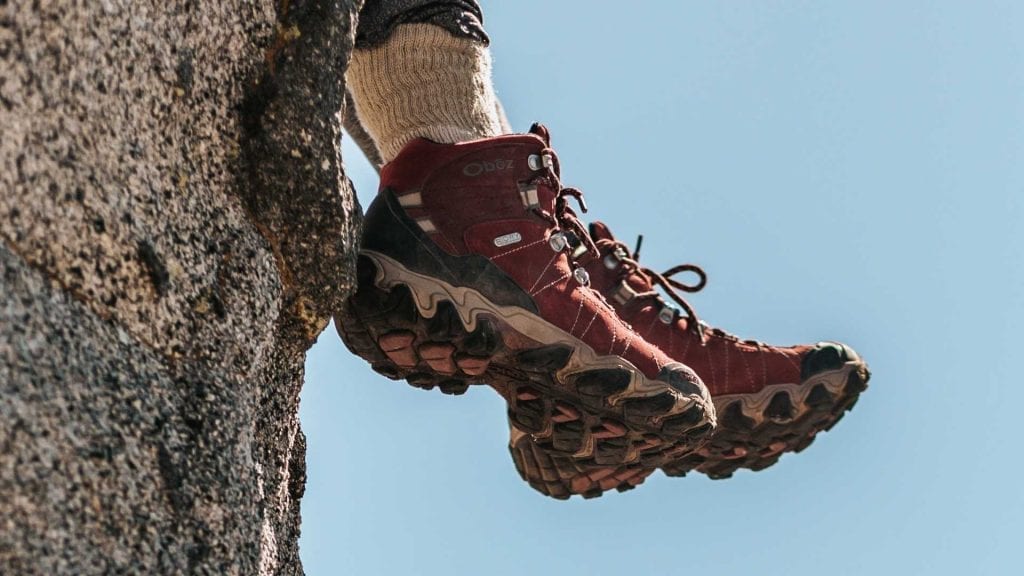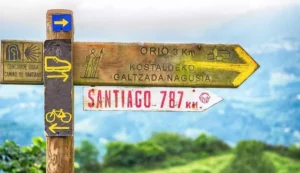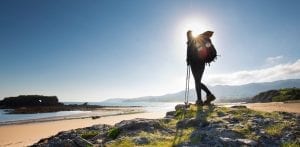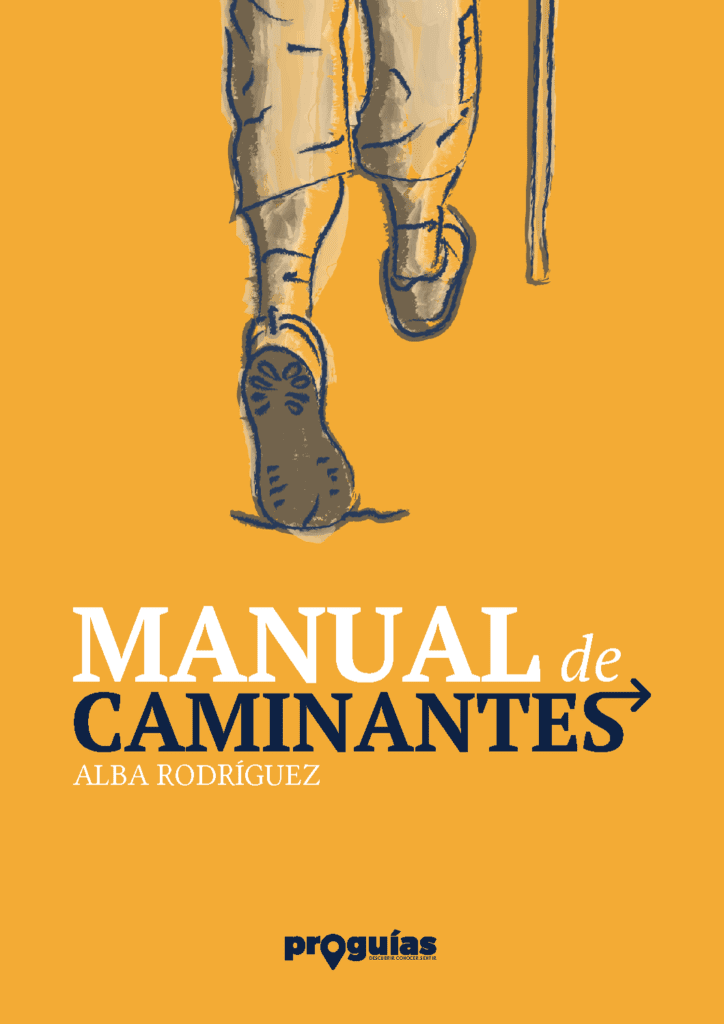The rule is simple: whatever your choice, do not wear new shoes on the Camino de Santiago. Even if you have bought a pair of boots or trainers to do it, it is necessary that you "tame" them and give them use previously. The ideal is to go walking with them several days before starting the Camino, taking advantage to accustom the body to long walks. In fact, one of the objectives of this preparatory phase, in addition to accustoming the body, is to detect if we are comfortable with the clothes and footwear we will use, what is the type of grip that best supports us or if we need to wear insoles.
The more these items are worn, the better they will fit the body and the more comfortable they will be. That is why, in general, it is best to avoid wearing any piece of clothing for the first time.
By the way, in the Proguías blog there are several articles about the preparation of the Camino de Santiago. If you are at this stage, we recommend you start with this one:
➔ Doing the Way of Saint James: 5 reflections to know if you are ready for it
Types of footwear
Although it is often thought that the best footwear for the Camino de Santiago is, by default, hiking boots or trekking boots, trekkinghowever, the optimal choice will depend on the route we take, the season of the year, the characteristics of our feet and our habits.
One of the myths that should be dismantled is the one that equates the Way of St. James with trekking. trekkingThe word trek,coined in the 1980s, refers to the walking sections undertaken by mountaineers and climbers attempting ascents in the Himalayan and South American mountain ranges. More specifically, it referred to those traverses that led to base camp. So what is meant by trekking often includes unmarked, roadless and technically complex journeys.
For this reason, in reality, the Camino de Santiago has little to do with trekking. trekkingNor does it require the tools of the latter. Almost all of the people who make the pilgrimage to Santiago do so along well marked paths, often alternating sections of trodden earth and asphalt, where the hiking boots of the pilgrims are not required. Trekkers are not always the best option.
Mountain boots
Hiking boots are only recommended if you are going to walk the Camino in the coldest and rainiest months, or in very wet areas. It will also depend on the section you are going to do. The Primitive Way, which crosses mountainous areas in Asturias and Galicia, is not the same as the section of the French Way that runs through the Castilian plateau, for example, from Burgos to León. On the former you will need more foot protection. In the second, such a high cane is absolutely useless.
In case you need the trekkers, in addition to their appearance — there are those that are visually similar, but without the same features — it is important that they are waterproof, mid-calf and as flexible as possible to ensure that they protect the ankles without immobilising them. The materials these boots are made of are also an important aspect. The general recommendation is to opt for Gore-Tex or similar membranes (HyVent, Simpatex, etc.), as they allow sweat to be expelled, preventing it from soaking through the sock and preventing blisters.
If you want to know how the Gore-Tex fabric works, we recommend you to read the complete article from the Prestazion website.

Trekking shoes
Although the concepts of slipper and trekker trekking appear to be mutually exclusive as a result of the above, some sports and mountain clothing brands have chosen to use this name generically for some of their products.
The trekking shoes trekking are a good alternative to boots, and that is why they are an increasingly common solution when it comes to footwear for the Camino de Santiago. Their low shank leaves the ankle uncovered, so they protect the foot much less, but, in exchange, they are much lighter.
When it comes to shoes, it is also important to pay attention to the fabric, but above all to the sole. Make sure they have a multi-directional tread pattern, as this is what will allow them to grip the terrain well. Keep in mind that although there are no big slopes on the Camino, sometimes there are stretches of loose soil or gravel - or wet stone, very slippery - and it is better to avoid slippery soles.
Sandals
Finally, the third type of footwear is closed sandals, especially indicated for the hottest months and the gentler sections in terms of slopes. These sandals have the advantage of ventilating the foot very well, making it much more difficult for blisters to appear due to excessive perspiration. But, at the same time, they have a correct support for the foot. As this type of sandals are the lightest type of all, it is very common for pilgrims to incorporate them into their backpacks to rest their feet when they reach the end of the stage.
In fact, changing your footwear throughout the day is one of the best tips we can give you. When you reach the end of the stage, leaving aside the boots or shoes that have taken you to the end of the day and opting for this type of much more open footwear helps your feet to breathe better and prevents the accumulation of liquids and blisters much better than any product that you can apply.
Handbook of Pilgrims
Download the most complete guide to prepare the Camino de Santiago from scratch and step by step.
Attention to socks
Finally, an element that is traditionally overlooked and shouldn't be: socks. Without the right socks, the best choice in the world in terms of footwear for the Camino de Santiago is lame - never better said.
Anyone will tell you that ideally they should be seamless and that, as with footwear, it is not advisable to use them for the first time on the Camino. But there is more.
In recent years, so-called "anti-blister socks" have become popular. Their main feature is that they are made of two layers of fabric: a thicker one on the outside and a thinner one on the inside. This cushions footsteps better and improves drainage. But above all, it means that friction occurs between the two layers of fabric, rather than between the fabric and your skin. These socks usually have a lycra/polyamide blend that promotes an anatomical fit. They are seamless, and are often reinforced at key points such as the heel and toe to make them more durable. Another popular fabric is Coolmax, designed to keep the foot as dry as possible.
Whether you opt for this type of sock or a more conventional sock, make sure the fabric is breathable and adaptable. The idea is to avoid sweat sticking to the foot or soaking through the sock fabric, as this can lead to blisters.
Finally, be careful when putting them on. If you do, you will keep them from moving or folding and you will protect your foot all day long.






